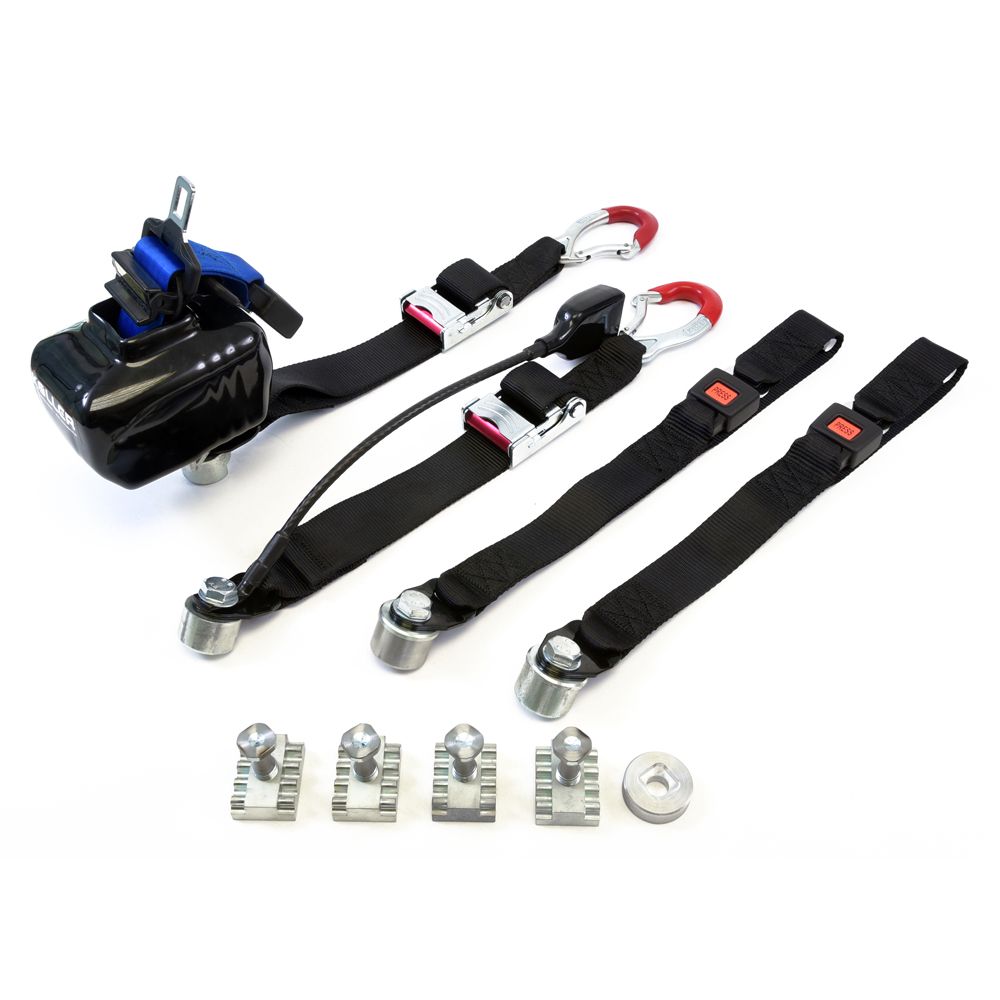OddDog
Hi all,
my first question as a beach owner!!
I cannot find anywhere after searching a considerable time for the load capacity (in kilos) of the spring loaded anchor points at the ends of the seat rails.
I can find the load capacity of the https://www.boesenberg.de/en/access...r-for-the-volkswagen-multivan-and-california/ hooks. 100kgs.
Help please!
my first question as a beach owner!!
I cannot find anywhere after searching a considerable time for the load capacity (in kilos) of the spring loaded anchor points at the ends of the seat rails.
I can find the load capacity of the https://www.boesenberg.de/en/access...r-for-the-volkswagen-multivan-and-california/ hooks. 100kgs.
Help please!
















